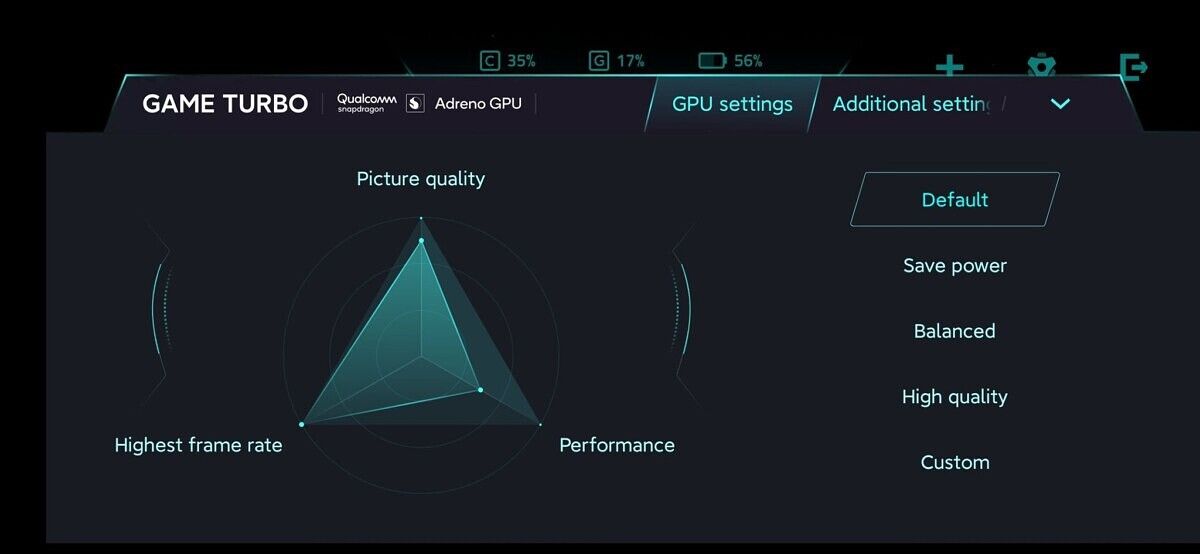Following the release of the first Android 11 Developer Preview back in February, we learned that Google was working on a new set of gestures code-named “Columbus.” This feature lets you double tap on the back of your Pixel phone to perform actions like launching the Google Assistant, launching the Google Camera app, controlling media playback, and more. In Android 11 Developer Preview 2, Google continued work on these gestures with new actions for taking a screenshot and opening the recent apps overview. However, these gestures were still hidden away from Pixel users, and in subsequent Android 11 Beta releases, were removed entirely. Thankfully, developer Kieron Quinn, also known as Quinny899 on our forums, managed to port this feature so it’ll work on basically any Android device.
Apple beat Google to the punch on releasing a “double tap on the rear” gesture, but soon a third-party app dev will also beat Google to the punch to releasing their own feature
https://t.co/kFiL8q4YG2
Shown in this video is a Pixel 4 running Android 10. pic.twitter.com/eBTlNZjUEK
— Mishaal Rahman (@MishaalRahman) June 30, 2020
His new app, called Tap, Tap, brings the double back tap gesture to any ARMv8 device running Android 7.0 Nougat and higher. In the demo video that I embedded above, I double tapped the back of my Pixel 4 to launch the camera app. In this video, developer Kieron Quinn launches the OnePlus Camera app by double tapping the back of his OnePlus 7T Pro. Launching the camera app is not all that Tap, Tap can do, though. Using an Accessibility Service, Tap, Tap can recognize when you tap the back of your Android phone and then perform certain actions, such as simulating a home, recent apps, or back button press.
Tap, Tap uses the same machine learning models that Google trained to recognize double taps on the back of the Pixel 3 XL, Pixel 4, and Pixel 4 XL. That means it’ll work best when using either one of these three phones or a device with similar dimensions and build to one of these three. Thus, your mileage may vary in how well Tap, Tap recognizes double taps (especially when you have a thick case on), but I’ve managed to get this work on the ASUS ROG Phone 3 and Huawei P40 Pro. No special hardware or software version is needed for this app to work since all the app is doing is reading changes in the device’s accelerometer and gyroscope sensors. The machine learning models were trained by Google to recognize accelerometer and gyroscope sensor readings that happen when you tap the rear of the device, while high-pass and low-pass filters are used to further refine the sensitivity. Theoretically, then, this feature, or one just like it, will work well on any device that has an ML model trained for it, which is likely how it works on Apple devices running iOS 14 and how it’ll work when Xiaomi rolls it out for some devices in MIUI 12.
Tap, Tap – Android 11/iOS 14 Back Tap Gestures for any Android phone!
After installing the app, you’ll have to enable the Accessibility Service in settings. Once enabled, you’ll have to choose a Device Model in Gesture settings. There are 3 Device Models corresponding to the 3 TensorFlow Lite models that Google trained for the Pixel 3 XL, Pixel 4, and Pixel 4 XL. A sensitivity setting is shown in the app’s Gesture settings, but this will be fully implemented in a future release of the app.



Under “Actions”, you can choose what happens when you double tap the back of your device. You can have multiple Actions listed here, but Tap, Tap will only prioritize running the topmost Action. If that Action fails to run for whatever reason, the next Action in the list is run. The developer plans to add Gates to Actions so you can block when certain Actions are executed. He also plans to add Tasker integration in a future release.





In the Gates section, you can choose what conditions will stop double tap gestures from executing an Action. For example, if the Gate for “display off” is enabled, then Tap, Tap won’t execute an Action when the screen is off. Finally, Feedback settings let you control whether or not your device vibrates and whether or not the device wakes up when an Action is executed.



Tap, Tap is an open source app, so you can follow its development on GitHub. The first alpha release is available for download right now on the XDA forum thread linked below. Try it out and let us know how well it works on your device!
Tap, Tap XDA Forum Thread ||| Source Code on GitHub
The post Tap, Tap brings iOS 14/Android 11’s Back Tap gesture to any Android device appeared first on xda-developers.
from xda-developers https://ift.tt/338MrGM
via IFTTT







